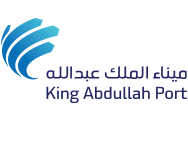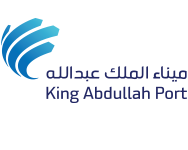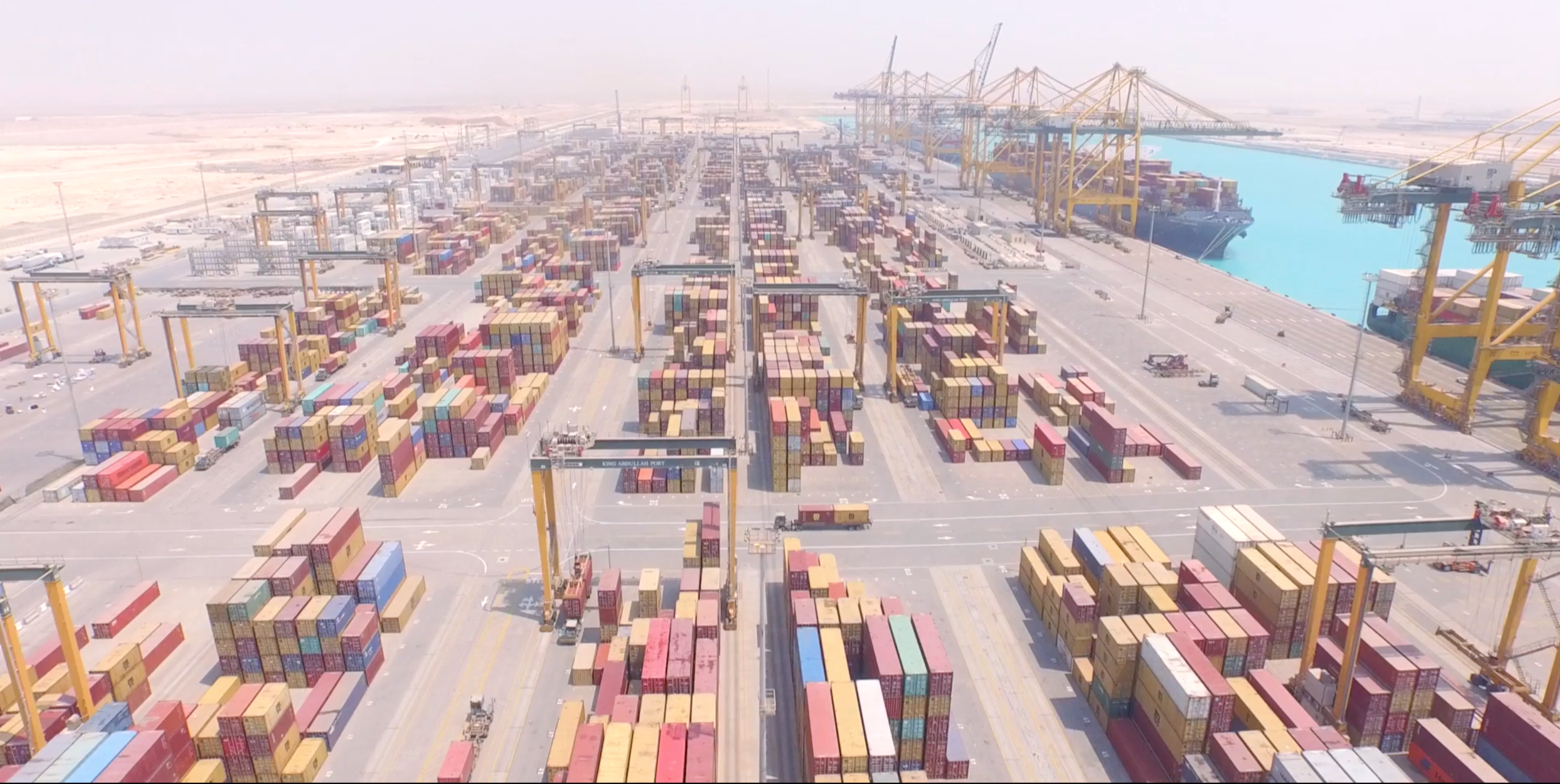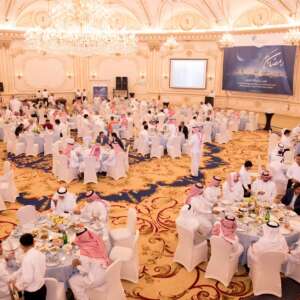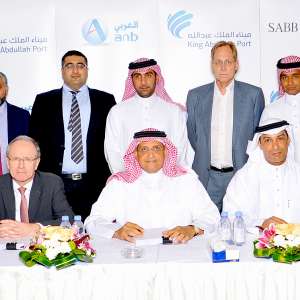King Abdullah Port at King Abdullah Economic City to Boost Kingdom’s Role as a Global Logistics and Trade Center
August 2016 – The Kingdom of Saudi Arabia is witnessing an unprecedented boom in the maritime sector and its shipping and logistical services. Its coasts today, especially the Red Sea coast, have captured global attention due to their distinct geographical location among international shipping lines. The Red Sea coast is considered the longest coast in the region, which gives the Kingdom a wide horizon of opportunities and capabilities that enable it to achieve first ranking in the global maritime shipping and transport industry.
Ports Development Company Managing Director, Eng. Abdullah Bin Muhammed Hameedadin, stated, “Today, this position is further enhanced with the tireless efforts exerted by the leadership in the development of the maritime shipping industry, as well as enforcing the Kingdom’s position on the global maritime map. During His Royal Highness Prince Muhammed Bin Salman’s visit to China, the Minister of Trade and Investment in Saudi Arabia, Dr. Majid Al Qasabi released a statement confirming the awaited role of Saudi ports, not only in advancing the national economy, but also in strengthening the Kingdom’s trade role and integration with important countries such as the Republic of China and others, additionally, the statement reminded of achieving the 2030 vision which covered utilizing Kingdom’s strategic location to further become a global logistical center – all go side by side with the King Abdullah Port vision we are striving to achieve.”
Hameedadin also stated that King Abdullah Port has gone a long way towards strengthening the Kingdom’s position as a trade gateway to Arab markets, which host over 250 million consumers, in addition to the global markets eager to grow their trade relations with the Kingdom and export products to the Saudi market. The Port will also actively contribute to the development of the logistical service sector’s infrastructure, taking advantage of the Kingdom’s strategic location at the crossroads of shipping lines through the Suez Canal to Europe and the United States and through Bab Al Mandab to Asian markets. This makes the Port the main destination point for goods directed to the Kingdom and its neighboring countries, and will enable it to become a main player in the transit shipping industry, known as transshipment, to Middle East ports and elsewhere.
“King Abdullah Port was established based on an ambitious vision that takes into account the Kingdom’s need for a global standards port able to receive large modern ships and receive the increasing number of imported goods, as well as fulfilling the Saudi citizens’ growing needs, and at the same time accommodating to the increase in Saudi exports to global markets. The concept behind King Abdullah Port is fully in line with the Kingdom’s 2030 vision towards a more diversified economy and improved competitiveness,” Hameedadin stated.
King Abdullah Port, which is the first privately owned, developed and operated port in the Kingdom, has fulfilled a number of achievements during a relatively short period. From an operational perspective, the fourth pier was opened in May 2015 as planned, raising the Port’s capacity to around 3 million containers. The pier was established and operating in record time, and was equipped with state of the art cranes that can carry up to 65 tons or 25 containers. This fourth pier had a major impact on the increase in the number of TEU’s the Port handled this year. Additionally, the Port’s management expects the completion of the first phase of bulk and ro-ro cargo terminals to take place by the end of 2016.
